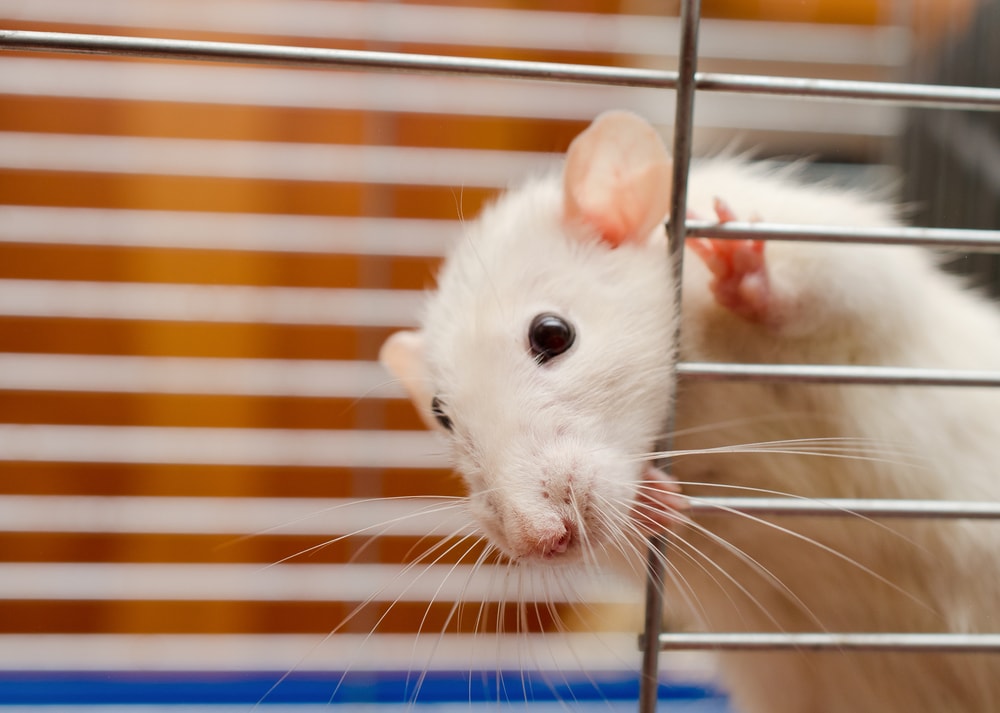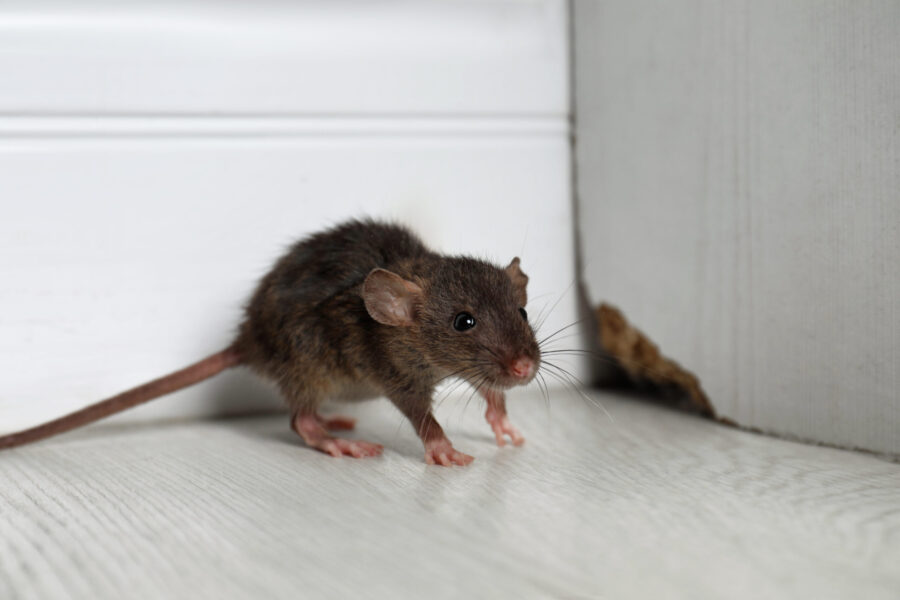Smart Traps for Pest-Sensitive Industries: A Crucial Innovation
Share
In the ever-evolving landscape of pest management, smart traps have emerged as a groundbreaking solution, particularly for pest-sensitive industries. These industries, which include food processing, pharmaceuticals, and agriculture, require stringent pest control measures to maintain safety and compliance. The advent of smart traps offers a sophisticated approach to tackling pest challenges efficiently and effectively.
Understanding the significance of these innovations is crucial for industries that are on the frontline of delivering safe and hygienic products to consumers. With the integration of technology, smart traps provide real-time monitoring and data-driven insights, transforming traditional pest control methods. This article delves into how smart traps are revolutionizing pest management in pest-sensitive industries.

How Smart Traps Work
Smart traps utilize a combination of sensors, cameras, and connectivity technologies to detect and capture pests. Unlike conventional traps, these devices are equipped with sensors that can identify specific types of pests and send alerts to facility managers. This real-time information allows for immediate action, minimizing the risk of infestation.
The integration of IoT (Internet of Things) within these traps enables seamless communication with centralized systems. For example, a smart pest alert can notify staff of a rodent presence in a warehouse, allowing them to address the issue promptly. This proactive approach not only improves efficiency but also enhances the overall effectiveness of pest management strategies.
Benefits for Pest-Sensitive Industries
Implementing smart traps in pest-sensitive industries comes with numerous benefits. These traps offer unmatched precision in identifying pest activity, which is crucial for industries where a single pest sighting could lead to significant financial losses or health risks.
Another notable advantage is the reduction in pesticide usage. With accurate monitoring and targeted interventions, the reliance on chemical treatments decreases, promoting a safer environment for both employees and consumers. Moreover, by minimizing chemical exposure, industries can better align with environmental and health regulations.
According to Deskera, automated pest control systems are particularly beneficial in manufacturing settings, where precision and safety are paramount.
Challenges and Considerations
Despite their advantages, adopting smart traps is not without challenges. Initial setup costs can be high, and there is a need for ongoing maintenance to ensure systems are functioning optimally. Additionally, industries must consider data privacy and security, as these traps often collect and transmit sensitive information.
Training staff to effectively use and interpret data from these systems is another crucial consideration. Industries must invest in training programs to ensure that their workforce is equipped to handle the new technology, thereby maximizing the benefits of smart traps.
Future of Pest Management
The future of pest management in pest-sensitive industries lies in the continued advancement and adoption of smart technologies. As these systems evolve, we can expect even greater integration with artificial intelligence, enabling predictive analytics that can foresee pest issues before they arise.
Furthermore, as more industries recognize the value of smart traps, we can anticipate a shift towards more sustainable and environmentally friendly pest control solutions. The potential for AI-driven pest management strategies is vast, promising to reshape how industries approach pest control.
Conclusion
In conclusion, smart traps represent a significant leap forward for pest-sensitive industries. By providing precise, real-time monitoring and reducing reliance on harmful chemicals, these traps offer a viable path towards safer, more efficient pest management. As technology continues to advance, the role of smart traps in safeguarding our industries will only become more pronounced.

FAQs
1. How do smart traps differ from traditional traps?
Smart traps use advanced technology such as sensors and IoT connectivity to detect and monitor pest activity, unlike traditional traps that rely on physical mechanisms alone.
2. Are smart traps cost-effective for small businesses?
While initial costs can be high, the long-term savings from reduced pest damage and lower pesticide use make smart traps a cost-effective solution for many businesses.
3. What industries benefit the most from smart traps?
Industries such as food processing, pharmaceuticals, and agriculture, where pest control is critical to safety and compliance, benefit significantly from smart traps.
This article contains affiliate links. We may earn a commission at no extra cost to you.
